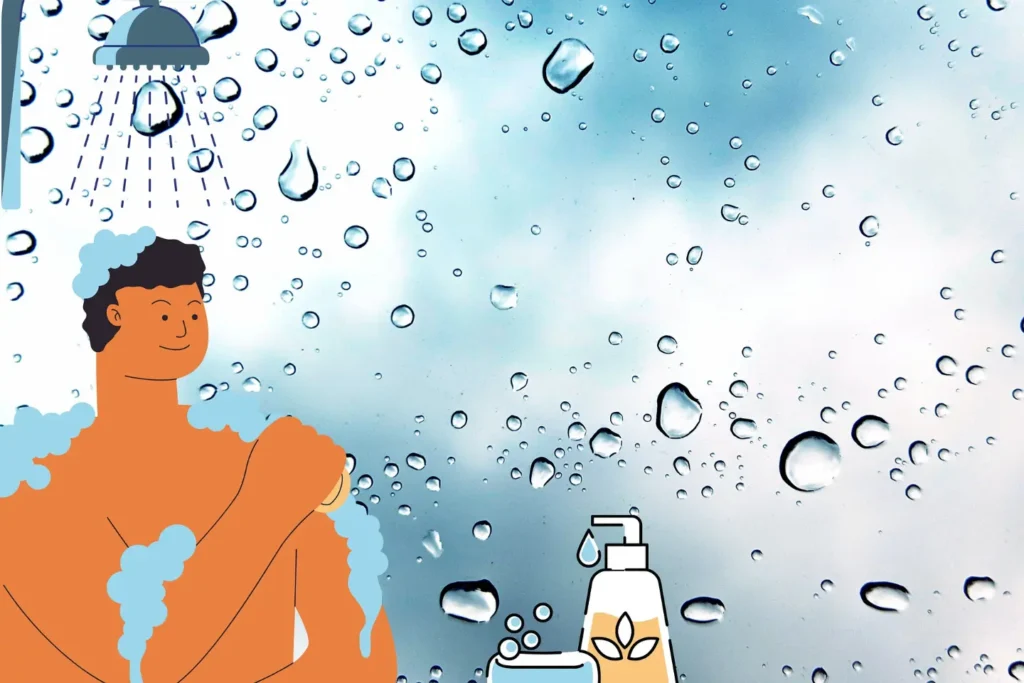Usually, one of the first locations to reveal indicators of what’s happening inside your body is your hair. From dullness and thinning to dermatologists stress that knowing what is normal hair loss and what can point to a problem will assist in allaying your concerns. Let’s explore the hair growth cycle, what is normal hair loss, and when one should consult a specialist.
Usually, one of the first locations to reveal indicators of what’s happening inside your body is your hair. From dullness and thinning to
Dermatologists stress that knowing what is normal hair loss and what can point to a problem will assist in allaying your concerns. Let’s explore the hair growth cycle, what is normal hair loss, and when one should consult a specialist.
The Hair Growth Cycle
Four separate phases comprise the hair growth cycle:
- Anagen (Growth Phase): First of all, it is known as the active phase—which is what causes hair to grow.
Lasting anywhere from two to seven years.
Catagen (Transition Phase): Then, about two to three weeks, catagen—the transition phase—is when hair stops growing.
Telogen (Resting Phase): Next, In the resting phase, telogen, hair is dormant but stays bound to the scalp for roughly three to four months.
Exogen (Shedding Phase): Finally, during the shedding period, or exogen, hair naturally sheds to create space for fresh development.
Whether normal hair loss of your’s or calls for treatment depends on an awareness of this cycle.
Normal Daily Hair Loss
You should shed between fifty and one hundred hairs per day. “Losing up to 100 strands daily is perfectly normal hair loss and part of the hair’s natural shedding process,” dermatologist Dr. Melissa Piliang of the Cleveland Clinic notes. Your daily hair loss can be influenced by factors including hair type, length, and even the season.
Hair fall in the Shower
The sight of strands on your hands or in the drain makes it sometimes feel as though more hair fall in the shower. Hair washing, according to dermatologists, stimulates follicles, which might dislodge hairs already in the shedding phase.
How much hair fall in the shower during shampooing?
Dr. Piliang says that,
Although most people see between 50–100 hair fall in the shower strands after shampooing, it could be worth checking if you are seeing clumps of hair.
Differences in Hair Type: People with longer hair or curly textures may find more shedding as the hair tends to coil and clump together, creating the impression of increased hair loss.
Factors Influencing Normal Hair Shedding
There are several elements that might affect your hair shedding level, among them:
Seasonal Changes: Autumn sees some individuals shed more hair.
Diet and nutrients: Deficiencies in important minerals such as iron and biotin might cause more hair to fall.
Stress: Dermatologists point out that although transient, stress-related shedding—also known as telogen effluvium—can cause obvious thinning.
Hormonal Fluctuations: Thyroid diseases, menopause, and pregnancy can all greatly impact hair loss.
Signs That Hair Loss Might Be Abnormal
It could be time to see a specialist if you experience increasing shedding or other worrying signs. Important indicators comprise:
Sudden increases in hair shedding.
Especially at the crown or portion line, with notable thinning.
After combing, bald areas, or too much shedding.
Scalp redness, scaling, or pain.
Common Causes of Increased Hair Fall
Many disorders can cause more shedding:
Telogen Effluvium: Usually brought on by sickness, surgery, or stress.
Androgenetic Alopecia: The most often occurring cause of hereditary hair loss is also androgenetic alopecia.
Areata of Alopecia: An autoimmune disorder in which the body destroys hair follicles causing patchy loss.
- Medical Conditions: Conditions like lupus or thyroid problems could weaken hair.
How to Assess Your Hair Loss
The hair pull test lets you evaluate your hair loss by gently tugging on a tiny hair sample. Should more than five hairs come out, this could indicate too heavy shedding.
If you’re worried, dermatologists advise either seeing a specialist for a more complete examination or keeping a notebook of your hair shedding over time.
Tips for Minimizing Hair Fall
Here are some doable, dermatologist-advised ideas to help with hair loss:
Before showering, softly brush to get rid of any loose hairs.
Use a wide-tooth comb to untangle your hair without breaking it after washing.
Steer clear of harsh treatments and hot tools if you want to avoid breaking hair or increasing shedding.
Debunking Hair Loss Myths
There are several false beliefs regarding hair loss. For instance, specialists say that overly frequent washing of your hair does not lead to hair loss. Actually, frequent cleaning maintains your scalp health and helps remove loose hairs.
When to Seek Professional Help
It could be time to see a dermatologist or trichologist if you observe unexpected or excessive hair loss or if hair shedding is stressing you.
Dermatologists will evaluate your scalp, go over your medical history, and can advise testing to find the root reason for your hair loss. Effective treatment requires early diagnosis.
Although hair falling in the shower can be alarming, it is usually a typical phase of hair growth. If you, however, have either sudden or ongoing hair loss, you should see a dermatologist. They can advise therapies to restore the health of your hair and assist in identifying any underlying diseases.


